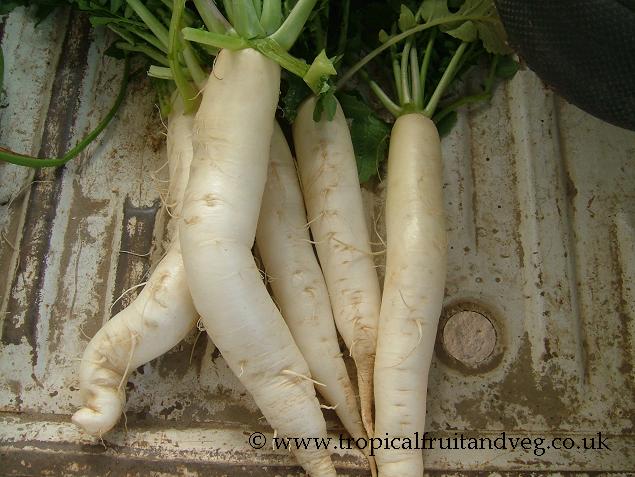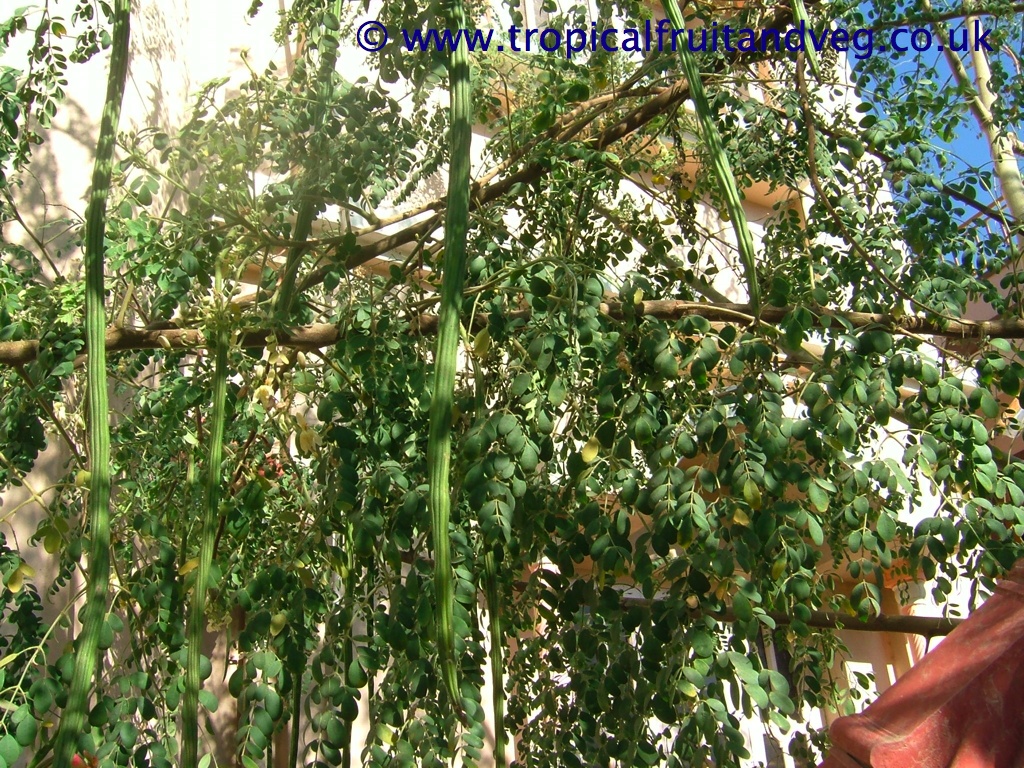| Health: 51 to 55 of 81 NextPage Go to Page: 1 2 3 4 5 6 7 8 9 10 11 12 13 14 15 16 17 | |

|
Mogri
Botanical Name: Raphanus sativus As with mooli, mogri is also very low in food energy and high in vitamin C. |

|
Mooli
Botanical Name: Raphanus sativus Mooli is very low in food energy and high in vitamin C. Mooli also contains active enzymes that aid digestion, particularly of starchy foods. Mooli juice is used to cure kidney stone problems. |

|
Moringa
Botanical Name: Moringa oleifera The leaves are highly nutritious. Weight for weight moringa contains seven times the vitamin C found in oranges, four times the vitamin A of carrots, three times the iron of spinach, four times as much calcium as milk and three times the potassium of bananas. |

|
Mustard
Botanical Name: Brassica alba, Brassica nigra, Brassica juncea, Sinapis alba Mustard is a well known spice that has a long history of medicinal use. Externally, the rubefacient action of mustard seed causes a mild irritation to the skin, stimulating the circulation in that area, and relieving muscular and skeletal pain. Internally, its stimulating, diaphoretic action promote sweating and can help reduce fevers and relieve symptoms of colds and flu. The primary chemical constituents of mustard seeds include glucosinolates (sinigrin), sinapine, enzyme (myrosin), mucilage, protein and sulphur. Mustard oil has the lowest saturated fat content of edible oils. |

|
Neem
Botanical Name: Azadiracta indica, Melia azadirachta Neem has been used for many medicinal benefits for over three thousand years. Neem flowers, fruits, seeds, oil, leaves, bark and roots have such uses as general antiseptics, antimicrobials, treatment of urinary disorders, diarrhoea, fever and bronchitis, skin diseases, septic sores, infected burns, hypertension and inflammatory diseases. |
| 51 to 55 of 81 NextPage Go to Page: 1 2 3 4 5 6 7 8 9 10 11 12 13 14 15 16 17 | |